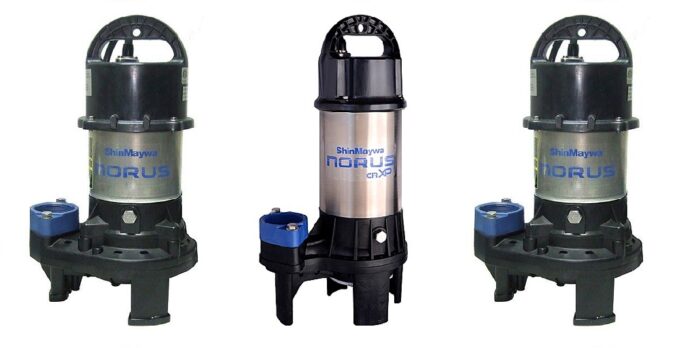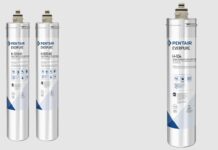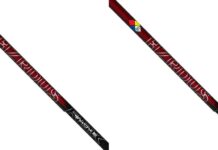Fish don’t ask for much. Just food, a place to swim, and—this one’s important—oxygen. Unlike humans, they can’t exactly complain when the oxygen levels start dipping. Instead, they suffer in silence, gasping near the surface, waiting for someone to notice. That someone is you.
Aeration isn’t a luxury. It’s basic survival. Without it, fish ponds turn into stagnant, murky swamps where fish barely hang on, algae take over, and your once-beautiful water feature starts resembling a neglected ditch.
What Aeration Actually Does
It’s not rocket science.
Aeration keeps the pond’s oxygen levels stable, breaks down waste, and prevents that infamous sludge from building up at the bottom. A well-aerated pond means happy fish, clear water, and an ecosystem that actually functions instead of slowly suffocating.
Think of it this way: if you locked yourself in a car with the windows up for hours, you’d feel miserable, right?
That’s what your fish experience without proper aeration. A fish pond pump prevents that disaster from happening.
Why Fish Care About Oxygen (Even If They Can’t Say It)
Fish rely on dissolved oxygen to live. Without it, they become sluggish, stressed, and prone to diseases. Low oxygen levels turn a lively pond into a fish graveyard faster than you can say “should’ve installed a pump.”
If you notice your fish gasping at the surface or hanging around the waterfall like it’s their last lifeline, that’s a cry for help. They’re trying to get to the only spot in the pond with enough oxygen to keep them from going belly-up. A fish pond pump keeps oxygen circulating so they can breathe easy no matter where they swim.
It’s Not Just Fish—Everything Else Needs Aeration Too
Fish aren’t the only ones gasping when oxygen levels plummet. Bacteria—the good kind—also depend on aeration. These microscopic workers break down waste, keeping your pond from becoming a swampy mess. Without oxygen, they take an extended break, letting waste pile up and water quality spiral downhill.
Plants benefit from aeration too. Without it, they struggle to take in nutrients, leading to weak, unhealthy growth. A well-aerated pond supports a thriving aquatic ecosystem where plants, fish, and bacteria all do their part to keep things balanced.
Picking the Right Fish Pond Pump: What Actually Matters
Not all pond pumps are created equal. Some are overkill, others are useless, and then there are the ones that actually get the job done. Choosing the right one means knowing what your pond needs.
- Pond Size: Bigger ponds need more power. A tiny pump in a large pond is like using a handheld fan to cool off a warehouse—it’s not happening.
- Flow Rate: Look at gallons per hour (GPH). More water movement means better oxygenation, but don’t overdo it unless your fish want to live in a whirlpool.
- Energy Efficiency: Running a pond pump 24/7 adds up. The right pump delivers performance without wrecking your electricity bill.
- Durability: A pump that dies after one season isn’t a deal—it’s a waste of money. Stick with one built to last.
A Fish Pond Pump Isn’t Optional
It’s the difference between a thriving aquatic haven and a stagnant disaster. If keeping your pond clean, your fish alive, and your ecosystem balanced sounds like a good idea, then making aeration a priority is non-negotiable.
Don’t let your pond turn into a gasping, algae-filled nightmare. Blue Thumb has fish pond pumps that keep oxygen flowing, water moving, and your pond looking exactly how you imagined. Take the easy win and give your fish the breath of fresh air they deserve.





